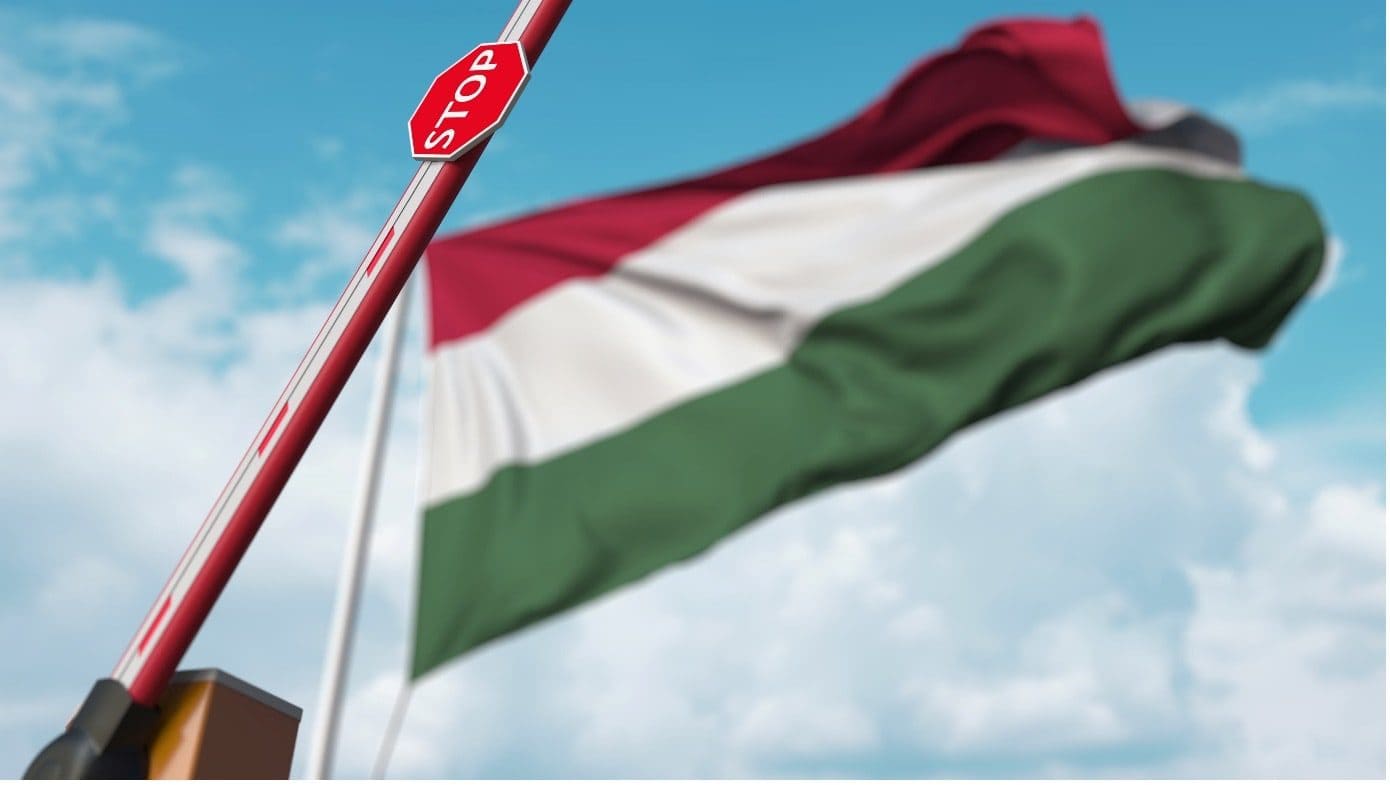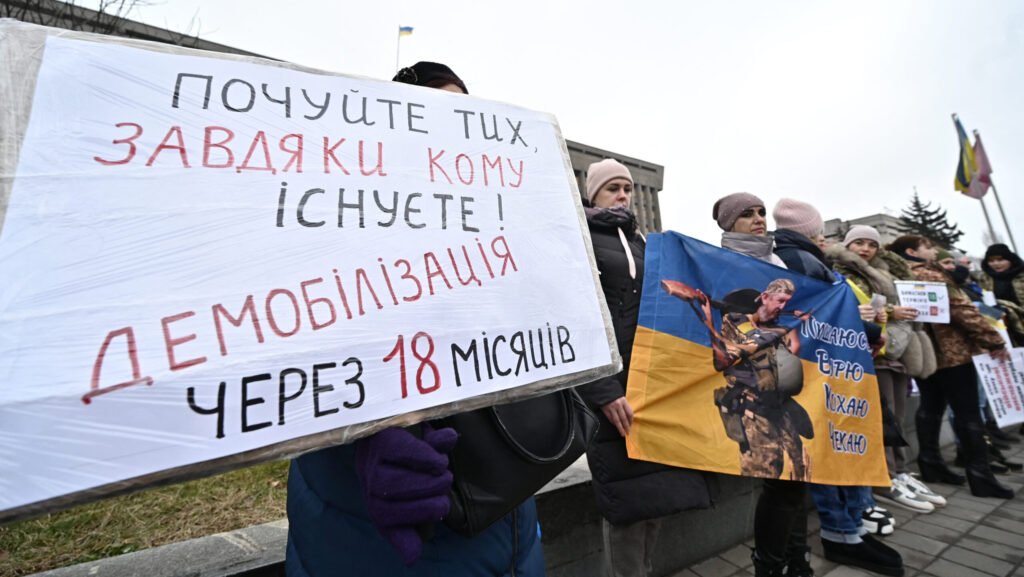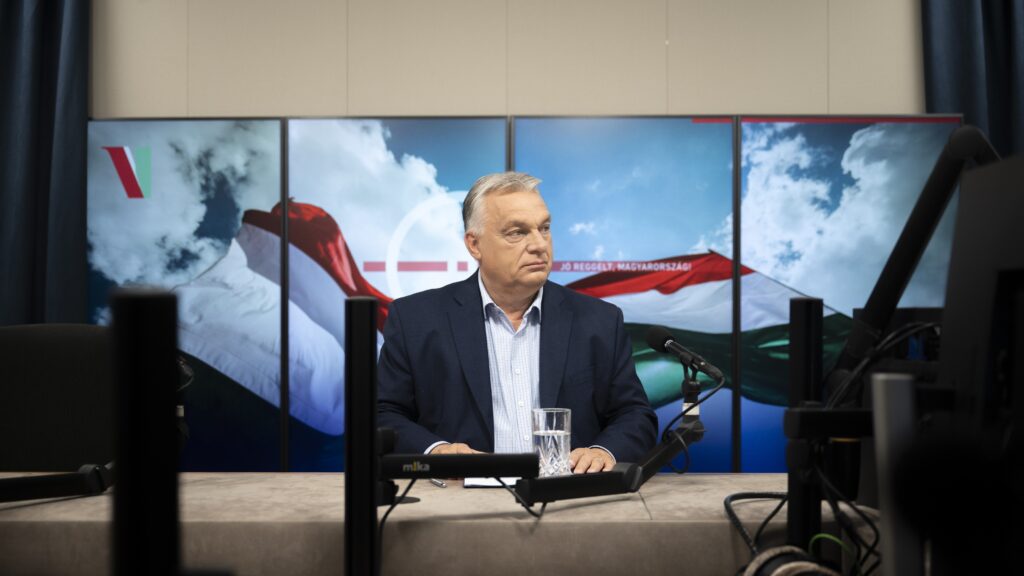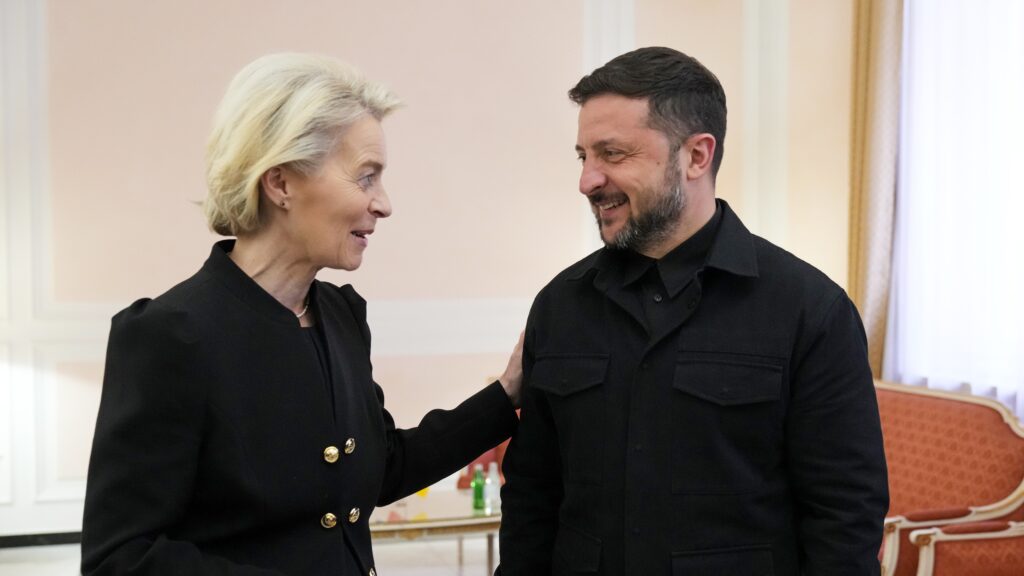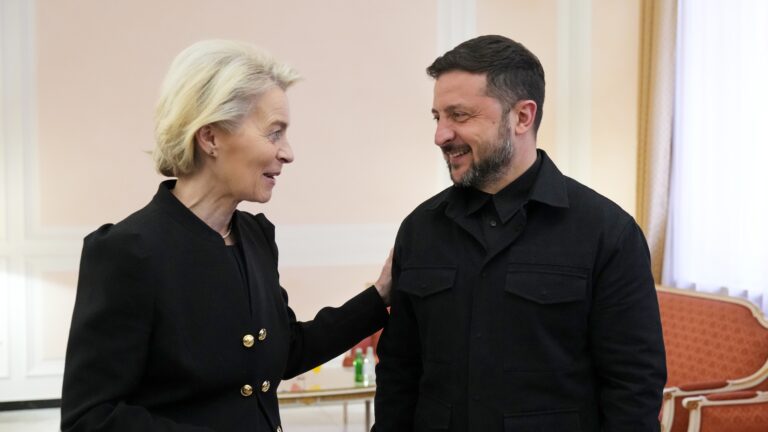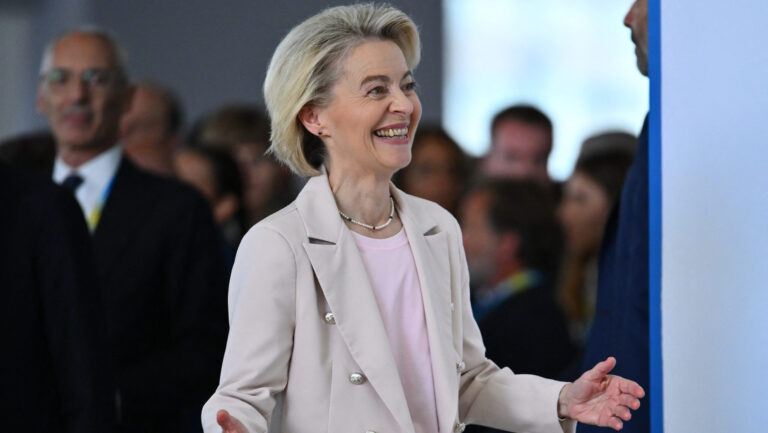After the collapse of one-party socialist systems in Central Europe, the region’s ultimate goal was to re-join the West. The words associated with the early 1990s are representative of this desire—democratisation, liberalisation and Westernisation—all serving the aim of leaving the legacy of Communism behind and becoming part of the West, the EU and the NATO. But is Central Europe as enthusiastic about its Western neighbours today as it was in 1989?
To be part of the West, the Central East needed to become like the West. The imitation of the West was not nominal – it was deeply rooted in the transition process. Central European institutions were designed based on Western ideals, and regional institutions were made to resemble Western democratic institutions as closely as possible. A prominent example of this ‘imitation’ is Hungary’s (pre-2012) electoral system, which was a faithful copy of German electoral rules.
In 1989 the imitation of the West was the safest choice possible. Copying whatever that has already proven to be working well in the West was a fool-proof idea—the alternative, that is trying to invent a new set of institutions, which may have suited Central Europe’s needs better—would have come with the risk of its novelty. The weariness of trying something new might have sprung from the region’s recent history too – after having spent 45 years trying to attain the unreachable utopia of Communism, the region was disillusioned with unreasonable dreams. It was thriving for the certain, for ideals which were sure to be working out well. This seek for the known gave the motto of 1989 – ‘Liberty, Fraternity and Normality’.
Recently, on the other hand, the usefulness and viability of the uncompromised copying of the West has become a significant question in Central Europe
Increasingly, the region is looking for new frontiers, new trading partners and new allies. Hungary, for instance, announced its ‘Eastern Opening Policy’ in 2010, which seeks to build and re-build good economic relations with eastern powers like China and Russia. Besides genuinely trying to open up for one of the largest economies in the world, the policy is also supposed to attract capital from the East as a countermeasure to Hungary’s dependency on the EU. A recent development of this policy is Fudan University’s – scandal torn – project to establish a campus in Budapest. It is seen as a replacement of the Central European University (CEU), the Soros-founded institution, which was ousted from the country.
But why did the shift from giving full attention to the West to dividing attention between East and West took place in Hungary? Ivan Krastev and Stephen Holmes argue that it is because the region became disillusioned with the imitation of the West. It was the perception that there are no alternatives – the region is set on a trajectory impossible to change – to imitation, which give rise to the opposition. The belief that there is no other way than imitating the West, encouraged the region to start looking for new ways.
According to Krastev and Holmes, the event which exposed the fallacies and failures of the West to the Central East was the 2008 Financial Crisis – the migration crisis of 2015 only deepened the feeling that the uncompromised copying of the West is no path to follow anymore. While 2008 encouraged the Central East to look for alternative sources of economic strength (as demonstrated by the ‘Eastern Opening Policy’), 2015 meant that the region should find its own political voice, the idea that led to the strengthening of the Visegrád Group.
The Visegrád 4 cooperation between Poland, Hungary, Slovakia and the Czech Republic was established in the 1990s, but largely sunk into oblivion by the 2000s. It was not until the migration crisis that the region again realized its shared interests and the value inherent in their cooperation. Individually, each member state had a low voice against Western Europe’s policies on migration. However, as each V4 country shared the concerns about migration, with joint voice, they could make themselves heard on the EU level. As a result, the cooperation between the political leaders of the four regional countries became more intense and the summits and negotiations between the parties became more common. The Group made sure to convey the message of regional cohesion to their citizens as well – cultural events and festivals were set up to promote the Visegrád cooperation to the civil society.
In short, the sings of Central Europe seeking its own path and trying to stand on its own more independent from the West are apparent. It does not mean a break with the West though. The belief in the fundamental principles and values of Europe is strong in the region – it is not as much the appeal of alternative political regimes as the ruptures and ills of the Western system which pushed the region to go on to experiment with finding its own way.

